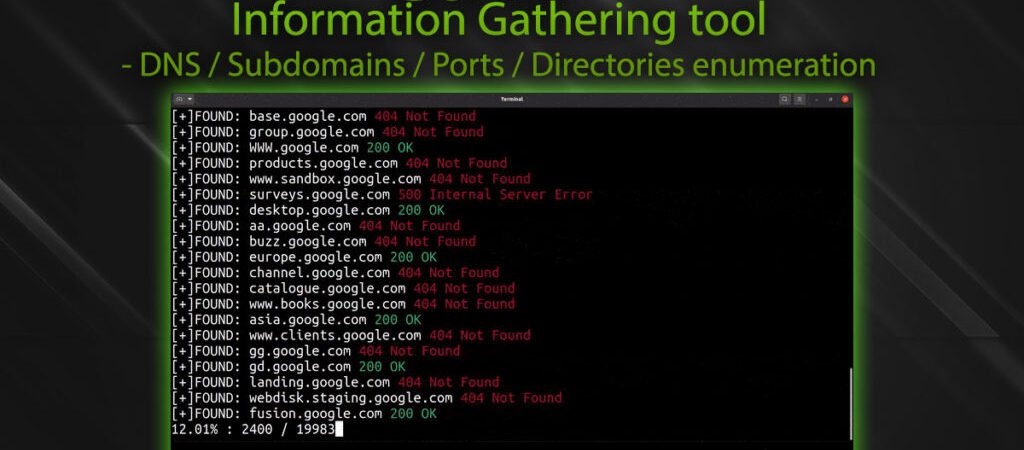Presentation
Scilla is an old city in the southern part of Costa Viola. || Scilla – Information Gathering tool
It is also the name of a sea-dwelling monster that appears in Greek mythology and Odysseus.
Skila is the Greek word for “skilla”.
This skyla is commonly spoken in pairs with a demon named “Charibdis”.
Charybdis is Italian for charybdis.
It is a well-known legend that Stela and Charibdis live on both sides of the Strait of Messina. Charibdis was the daughter of Posidon and Gaia and was an extraordinary eater. At one point, he ate a whole herd of livestock and was transformed into a demon by Zeus and went into the sea.
Since then, Chabbdis has been rotating three times a day, inhaling and exhaling large amounts of seawater. If a ship passes by, it is a ship. Talking of Odysseus and the demons of the sea, the story of sirens is famous. The siren is a demon who listens to the sound of singing and is confused and eventually wrecks the ship. After encountering this siren, Odysseus encounters Chardabis and Skyla.
A monster that swallows a piece or anything, and a monster that eats people with one piece or six animal heads. Sheribis manages to get through, but Skyla attacks and kills six crew members.

So Scilla is actually only a town or a monster? NO.
Scilla is an information gathering tool.
This tool allows you easily to search for DNS records, Directories, Subdomains and open ports. If you are familiar with nmap, gobuster, dirsearch, sublist3r.. etc, you know what I’m talking about.

Scilla is a Command Line tool written entirely on Golang (basically due to the power of goroutines).
Before installing Scilla you need to install Go. Follow This to install Golang on your machine.
Then, I’m talking about Installation on Kali Linux but it’s the same for all the Linux-based OS.
You need to use git, just execute this line of code inside a shell:
git clone https://github.com/edoardottt/scilla.git;cd scilla;go get;sudo make linux |
Then just type scilla to see if the installation process ended successfully
For any doubt please visit the official repository or my website edoardoottavianelli.it to reach Edoardo Ottavianelli.
Basic functionalities
If you type scilla help you will see all the commands and the options (required and not) in scilla.
Also scilla examples is useful because you can see all the commands you can execute.
There are 5 main subcommands in Scilla:
DNS Enumeration
scilla dns -target example.com
Directories Enumeration
scilla dir -target example.com
Port Enumeration
scilla port -target example.com
Subdomain Enumeration
scilla subdomain -target example.com
Full Report (All 4 commands above)
scilla report -target example.com
Advanced functionalities
We will do some exaples. Please be aware that you can mix all the options belonging to a subcommand (e.g. you can use in the same time the output as html and a well defined port range..)
DNS Enumeration
In DNS enumeration we can output the results as a txt document or html document.
scilla dns -o txt -target example.comscilla dns -o html -target example.com |
Directories Enumeration
In Directories enumeration we can output the results as a txt document or html document.
scilla dir -o txt -target example.comscilla dir -o html -target example.com |
We can use also a custom wordlist.
scilla dir -w rockyou.txt -target example.com |
Maybe in some cases it’s useful to ignore some type of responses by the response code.
We can ignore array of response codes in this way:
scilla dir -i 500,503 -target example.com |
Or by an entire class of response codes (1,2,3,4,5). scilla dir -i 5,4** -target example.com
Port Enumeration
In Port Enumeration we can select a single port to scan or a range of ports:
To scan a single port:
scilla port -p 80 -target example.com |
To scan a range of ports from the first to a defined ending port:
scilla port -p -1000 -target example.com |
To scan a range of ports from the defined first port to the last (65635):
scilla port -p 3493- -target example.com |
To scan a range of ports from the defined first port to the defined ending port:
scilla port -p 22-80 -target example.com |
In Port enumeration we can output the results as a txt document or html document.
scilla port -o txt -target example.comscilla port -o html -target example.com |
Subdomain Enumeration
The explanation is exactly the same as Directories enumeration:
scilla subdomain -target example.comscilla subdomain -w wordlist.txt -target example.comscilla subdomain -o txt -target example.comscilla subdomain -o html -target example.comscilla subdomain -i 400 -target example.comscilla subdomain -i 4** -target example.com |
Full Report (All 4 commands above)
Default (all ports, so 1-65635)
scilla report -target target.domain |
Specifying ports range
scilla report -p 20-90 -target target.domain |
Specifying starting port (until the last one)
scilla report -p 20- -target target.domain |
Specifying ending port (from the first one)
scilla report -p -90 -target target.domain |
Specifying single port
scilla report -p 80 -target target.domain |
Specifying output format (txt)
scilla report -o txt -target target.domain |
Specifying output format (html)
scilla report -o html -target target.domain |
Specifying directories wordlist
scilla report -wd dirs.txt -target target.domain |
Specifying subdomains wordlist
scilla report -ws subdomains.txt -target target.domain |
Specifying status codes to be ignored in directories scanning
scilla report -id 500,501,502 -target target.domain |
Specifying status codes to be ignored in subdomains scanning
scilla report -is 500,501,502 -target target.domain |
Specifying status codes classes to be ignored in directories scanning
scilla report -id 5,4 -target target.domain |
Specifying status codes classes to be ignored in subdomains scanning
scilla report -is 5,4 -target target.domain |
Conclusion
This project is maintained ony by me (Edoardo Ottavianelli).
Contributions are welcome, if you want to contribute just go on GitHub repo, read the issues open, or just open another issue. I suggest you text me before submitting a pull request.
References











Hi,
I hope you find this email in good health. I have got an easy 3 step process offer for publishing a guest post on your website;
1. I will send you 3 interesting topic ideas for a guest post
2. You will choose one topic out of those
3. I will then send you a high- quality, plagiarism-free article on that chosen topic
In return, I would just need you to give me a do-follow backlink within the main article. Please let me know if we shall begin with step 1?
Best,
Lindsay Johnson
Cool website!
My name’s Eric, and I just found your site – itjd.in – while surfing the net. You showed up at the top of the search results, so I checked you out. Looks like what you’re doing is pretty cool.
But if you don’t mind me asking – after someone like me stumbles across itjd.in, what usually happens?
Is your site generating leads for your business?
I’m guessing some, but I also bet you’d like more… studies show that 7 out 10 who land on a site wind up leaving without a trace.
Not good.
Here’s a thought – what if there was an easy way for every visitor to “raise their hand” to get a phone call from you INSTANTLY… the second they hit your site and said, “call me now.”
You can –
Talk With Web Visitor is a software widget that’s works on your site, ready to capture any visitor’s Name, Email address and Phone Number. It lets you know IMMEDIATELY – so that you can talk to that lead while they’re literally looking over your site.
CLICK HERE http://talkwithcustomer.com to try out a Live Demo with Talk With Web Visitor now to see exactly how it works.
Time is money when it comes to connecting with leads – the difference between contacting someone within 5 minutes versus 30 minutes later can be huge – like 100 times better!
That’s why we built out our new SMS Text With Lead feature… because once you’ve captured the visitor’s phone number, you can automatically start a text message (SMS) conversation.
Think about the possibilities – even if you don’t close a deal then and there, you can follow up with text messages for new offers, content links, even just “how you doing?” notes to build a relationship.
Wouldn’t that be cool?
CLICK HERE http://talkwithcustomer.com to discover what Talk With Web Visitor can do for your business.
You could be converting up to 100X more leads today!
Eric
PS: Talk With Web Visitor offers a FREE 14 days trial – and it even includes International Long Distance Calling.
You have customers waiting to talk with you right now… don’t keep them waiting.
CLICK HERE http://talkwithcustomer.com to try Talk With Web Visitor now.
If you’d like to unsubscribe click here http://talkwithcustomer.com/unsubscribe.aspx?d=itjd.in
Hi there, just became aware of your blog through Google, and found that it’s truly informative.
I’m going to watch out for brussels. I will appreciate if you continue this in future.
Many people will be benefited from your writing.
Cheers!
It’s fantastic that you are getting ideas from this piece of writing as well
as from our argument made at this time.
just right content, i like it
Good day! I just want to give you a huge thumbs up for the great info you have
got here on this post. I am coming back to your blog for more soon.